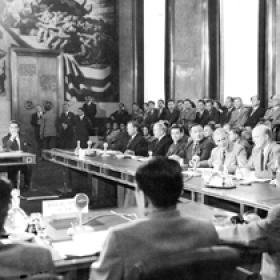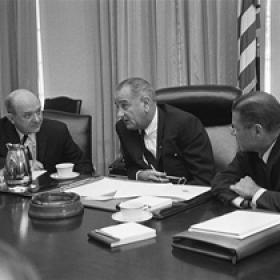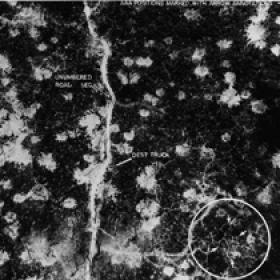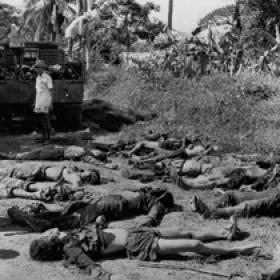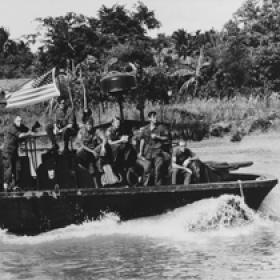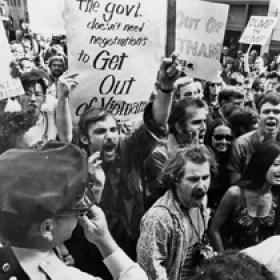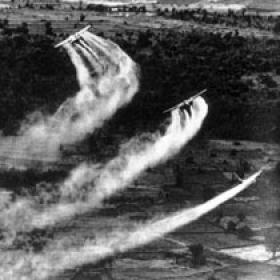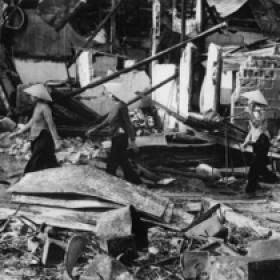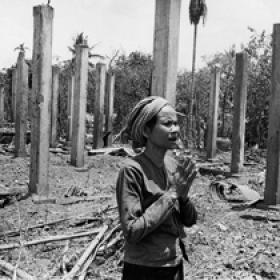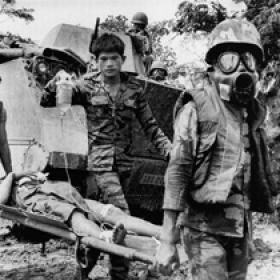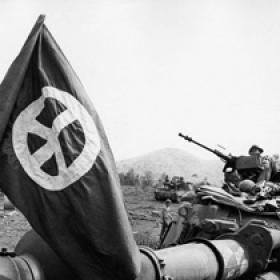Geneva Accords
The Geneva Accords of 1954 created the independent states of the Democratic Republic of Vietnam (North Vietnam) and the Republic of Vietnam (South Vietnam). The Geneva Conference was convened to discuss both the lingering issues of the Korean War and the Indochina issue, but the legacy of the conference was the agreement produced regarding Vietnam. With a goal of ending the war between France and the Viet Minh, the conference began discussions of Indochina on May 8, 1954, the day after the French defeat at the Battle of Dien Bien Phu. Representatives from the United States, Great Britain, the Soviet Union, China, France, Cambodia, Laos, the Democratic Republic of Vietnam (DRV), and the State of Vietnam (a small southern polity under former emperor Bao Dai, which received Western backing) all took part in the conference. On July 20, 1954, France signed a cease-fire agreement with the DRV, Laos, and Cambodia which granted independence to all three while partitioning Vietnam at the seventeenth parallel between the southern State of Vietnam (soon transformed into the Republic of Vietnam) and the northern Democratic Republic of Vietnam. For 300 days, the peoples of both nations were granted unrestricted movement to adjust to the new political situation. Hundreds of thousands migrated during this time, particularly Catholics wary of the communist North. The Geneva Accords also called for a 1956 general election across Vietnam as part of a peaceful reunification plan. The general election was never held.
